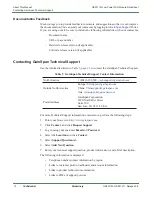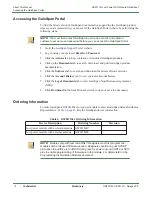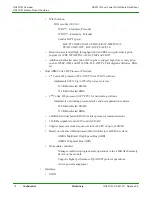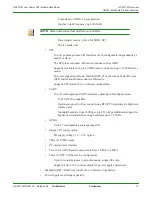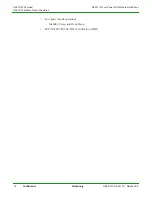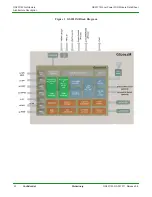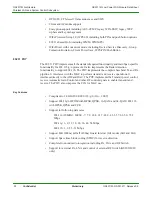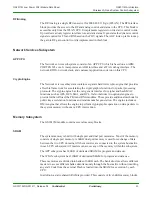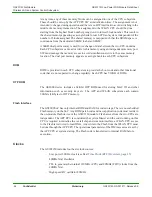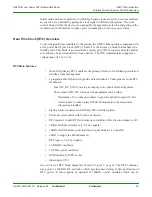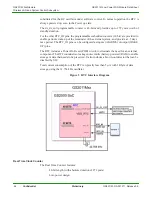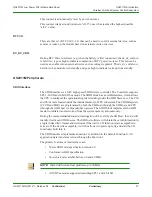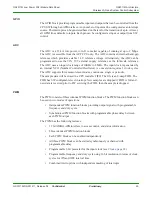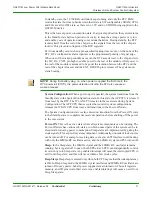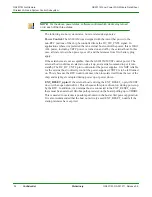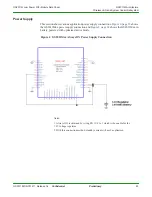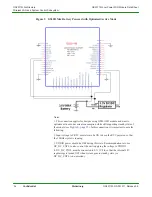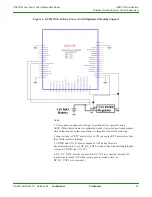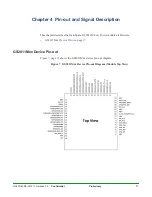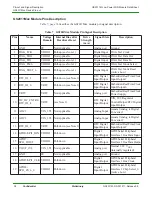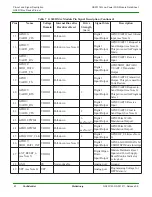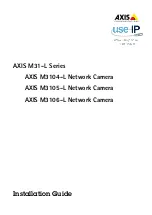
GS2011M Low Power WiFi Module Data Sheet
GS2011M Architecture
Wireless LAN and System Control Subsystem
GS2011M-DS-001211, Release 0.9
Confidential Preliminary
25
Intermediate modes of operation, in which high speed clocks are active but some modules
are inactive, are obtained by gating the clock signal to different subsystems. The clock
control blocks within the device are responsible for generation, selection and gating of the
clocked used in the module to reduce power consumption in various power states.
Real Time Clock (RTC) Overview
To provide global time (and date) to the system, the GS2011Mxx module is equipped with
a low-power Real Time Clock (RTC). The RTC is the always on block that manages the
Standby state. This block is powered from a supply pin (VRTC) separate from the digital
core and may be powered directly from a battery. The RTC implementation supports a
voltage range of 1.6v to 3.6v.
RTC Main Features
•
One 48-bit primary RTC counter as the primary reference for all timing events and
standby awake management
•
4 programmable IO pins with specific default behavior. These pins are in the RTC
IO domain.
–
One (DC_DC_CNTL) is setup as output pin to control external regulator
–
Three others (RTC_IO) which can be programmed to be either
–
Maximum of two wakeup counters to generate periodic output (32-bit)
– Alarm inputs to wake up the GS2011M module from its sleep states
(deep-sleep/standby)
•
Startup control counters with HW and SW override registers
•
Power-on-reset control with brown-out detector
•
RTC registers to hold RTC and wakeup control bits while the core domain is off
•
1Kbyte latch based memory (1.6-3.6v capable)
•
16KB of SRAM memory, divided into 4 equal blocks (1.2v capable)
•
uLDO to supply the SRAM memory
•
RTC logic is 1.6-3.6v capable
•
32 KHz RC oscillator
•
32768Hz crystal oscillator
•
APB interface for CPU access
•
Interrupts to CPU
An overview of RTC block diagram is shown in
. The RTC contains a
low-power 32.768KHz RC oscillator which provides fast startup at first application of
RTC power. It also supports an optional 32.768KHz crystal oscillator which can be


